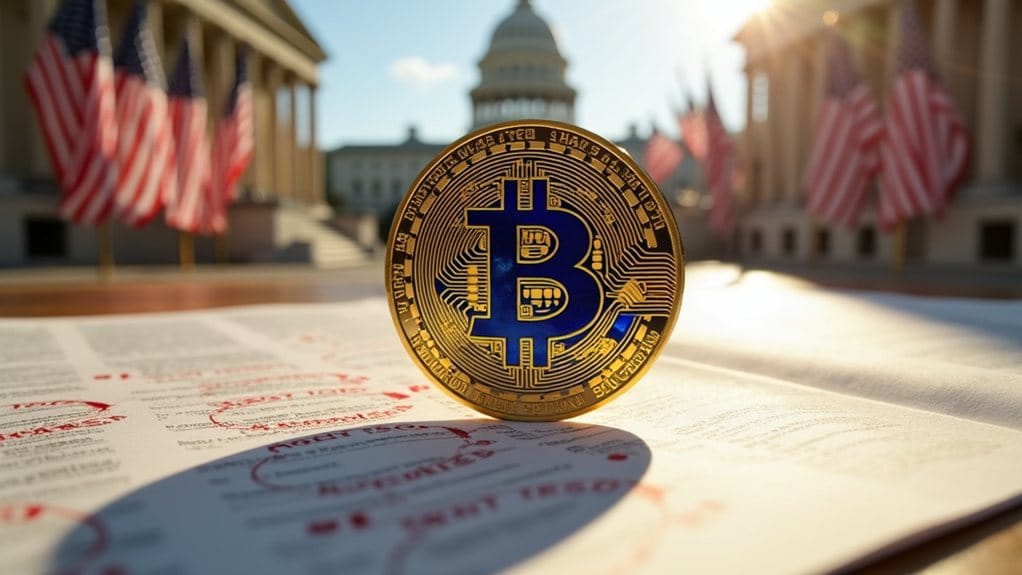In a landmark decision that reshapes the regulatory landscape for digital assets, the Securities and Exchange Commission (SEC) has officially classified covered stablecoins as non-securities, exempting them from the stringent registration requirements typically imposed under securities laws.
Covered stablecoins, defined as those fully backed by physical US dollars or low-risk, short-term liquid instruments and redeemable at a 1:1 ratio with the US dollar, are now recognized primarily as payment tools rather than investment products.
Stablecoins backed by US dollars now classified as payment instruments, not investments, under landmark SEC ruling.
The SEC’s decision hinges on specific conditions that stablecoin issuers must meet to qualify for this exemption. These requirements include full backing by liquid, low-risk instruments or US dollars; on-demand redeemability at a fixed price; segregation of reserves from operational funds; implementation of transparency measures such as proof-of-reserve attestations; and prohibition from offering yield or engaging in speculative activities.
Remarkably, algorithmic and synthetic stablecoins fall outside these guidelines, maintaining their potential classification as securities.
This regulatory clarification aligns with recent bipartisan legislative efforts, including the STABLE Act and GENIUS Act, which aim to establish thorough frameworks for stablecoin regulation. The House Financial Services Committee has already advanced the STABLE Act for vote, while the Senate’s GENIUS Act has garnered support across party lines, though some Democrats have expressed concerns regarding consumer protection provisions within these bills. President Trump has expressed optimism that comprehensive stablecoin legislation could be passed by August, signaling high-level political support for the regulatory framework.
To determine the non-security status of covered stablecoins, the SEC employed both the Reves and Howey tests, ultimately concluding that these digital assets, when properly structured, lack the crucial characteristic of investment products: the expectation of profit.
Instead, they function primarily as tools for consumer transactions and payments.
Market analysts anticipate this decision will contribute greatly to regulatory stability while providing much-needed clarity for stablecoin issuers and market participants.
The U.S. Treasury Secretary emphasized that these regulations will help maintain the nation’s dollar dominance in global markets by promoting transparent and fully-backed stablecoins that reinforce the dollar’s reserve currency status.
However, questions persist regarding stablecoins that offer yield features or engage in lending activities, as these characteristics might trigger securities classification under existing frameworks, creating a nuanced regulatory environment that market participants must navigate carefully.









